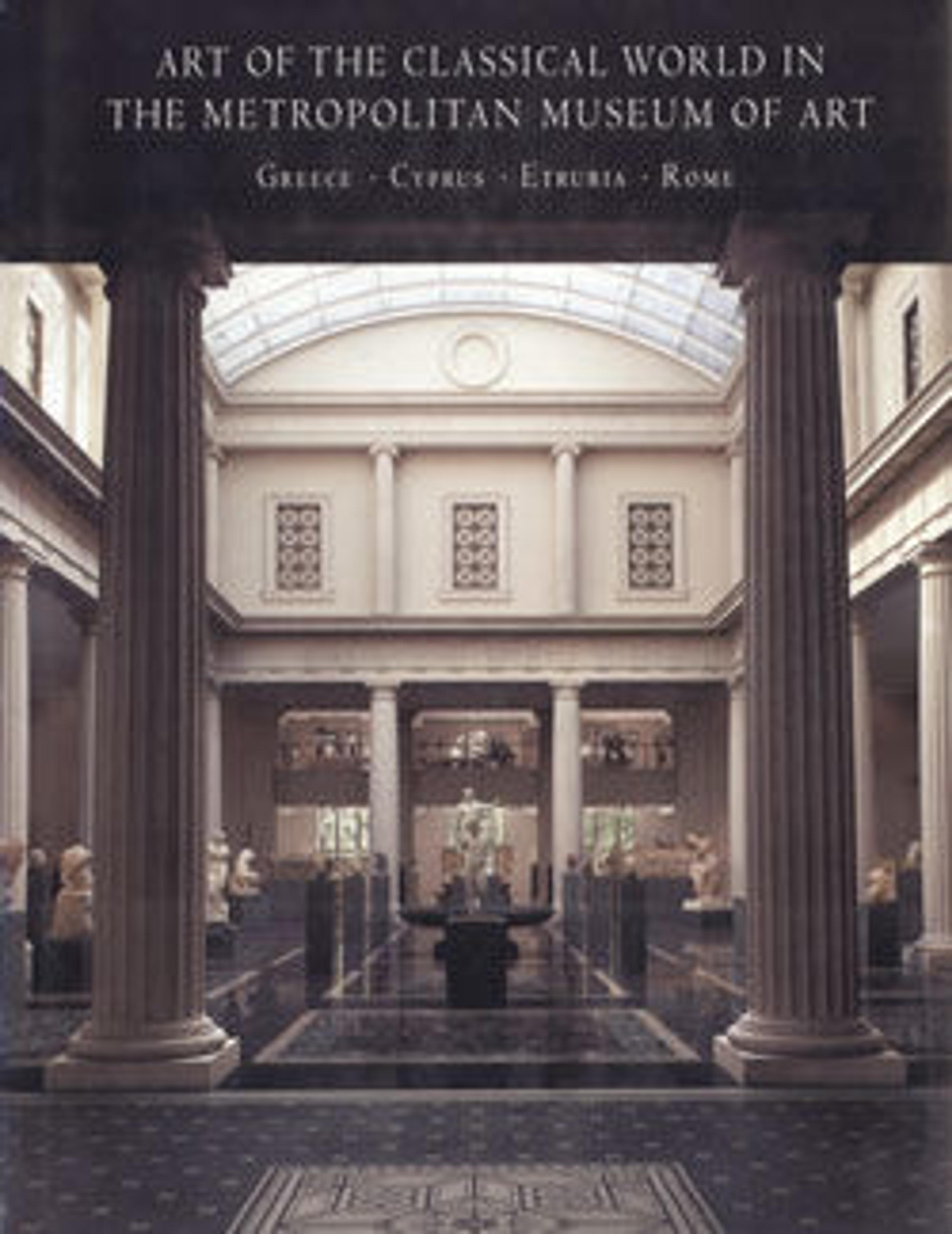Bronze figure of a boy in Eastern dress
Parallels for this boy's unusual and unclassical costume, particularly his trousers and ornate pyramidal hat, can be found in works from the eastern borders of the Hellenistic world in the kingdoms of Commagene and Armenia, north of Mesopotamia, beginning in the middle of the first century B.C. This statuette was found in Egypt together with an identical figure that is now in the collection of the Walters Art Gallery, Baltimore.
The subject's identity has been much debated and remains a mystery. He may represent Attis, a god of vegetation from Phrygia in central Anatolia. It has also been suggested that the existence of two copies of the same statuette may reflect a double geographical reference—that is, if set up together, the twin figures could be identified as the personifications of Armenia Major and Armenia Minor. However, the images are so similar that more likely they represent the same individual. Most recently, the statuette has been identified as a portrait of Alexander Helios, son of Mark Antony and Cleopatra VII, as prince of Armenia after Mark Antony's conquest in 34 B.C. On the other hand, the mannered style, exotic dress, and moderate scale of this figure likely signal a decorative function for the statuette, possibly as a lamp or incense-burner stand.
The subject's identity has been much debated and remains a mystery. He may represent Attis, a god of vegetation from Phrygia in central Anatolia. It has also been suggested that the existence of two copies of the same statuette may reflect a double geographical reference—that is, if set up together, the twin figures could be identified as the personifications of Armenia Major and Armenia Minor. However, the images are so similar that more likely they represent the same individual. Most recently, the statuette has been identified as a portrait of Alexander Helios, son of Mark Antony and Cleopatra VII, as prince of Armenia after Mark Antony's conquest in 34 B.C. On the other hand, the mannered style, exotic dress, and moderate scale of this figure likely signal a decorative function for the statuette, possibly as a lamp or incense-burner stand.
Artwork Details
- Title: Bronze figure of a boy in Eastern dress
- Period: Late Hellenistic or Early Imperial
- Date: mid-late 1st century BCE
- Culture: Greek, Ptolemaic or Roman
- Medium: Bronze
- Dimensions: 25 1/8 in., 29.5 lb. (63.8 cm, 13.4 kg)
Width: 11 7/8 × 12 3/4 in. (30.2 × 32.4 cm) - Classification: Bronzes
- Credit Line: Edith Perry Chapman Fund, 1949
- Object Number: 49.11.3
- Curatorial Department: Greek and Roman Art
Audio
1084. Bronze statuette of a boy in Eastern dress
0:00
0:00
We're sorry, the transcript for this audio track is not available at this time. Please email info@metmuseum.org to request a transcript for this track.
More Artwork
Research Resources
The Met provides unparalleled resources for research and welcomes an international community of students and scholars. The Met's Open Access API is where creators and researchers can connect to the The Met collection. Open Access data and public domain images are available for unrestricted commercial and noncommercial use without permission or fee.
To request images under copyright and other restrictions, please use this Image Request form.
Feedback
We continue to research and examine historical and cultural context for objects in The Met collection. If you have comments or questions about this object record, please complete and submit this form. The Museum looks forward to receiving your comments.
